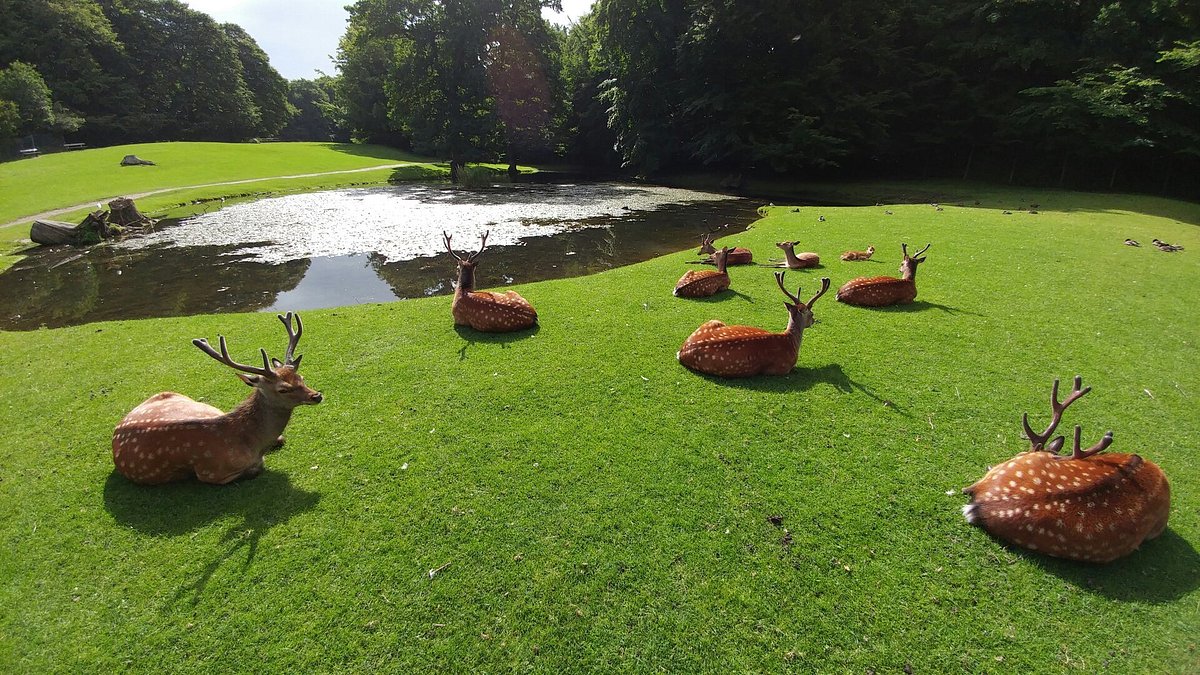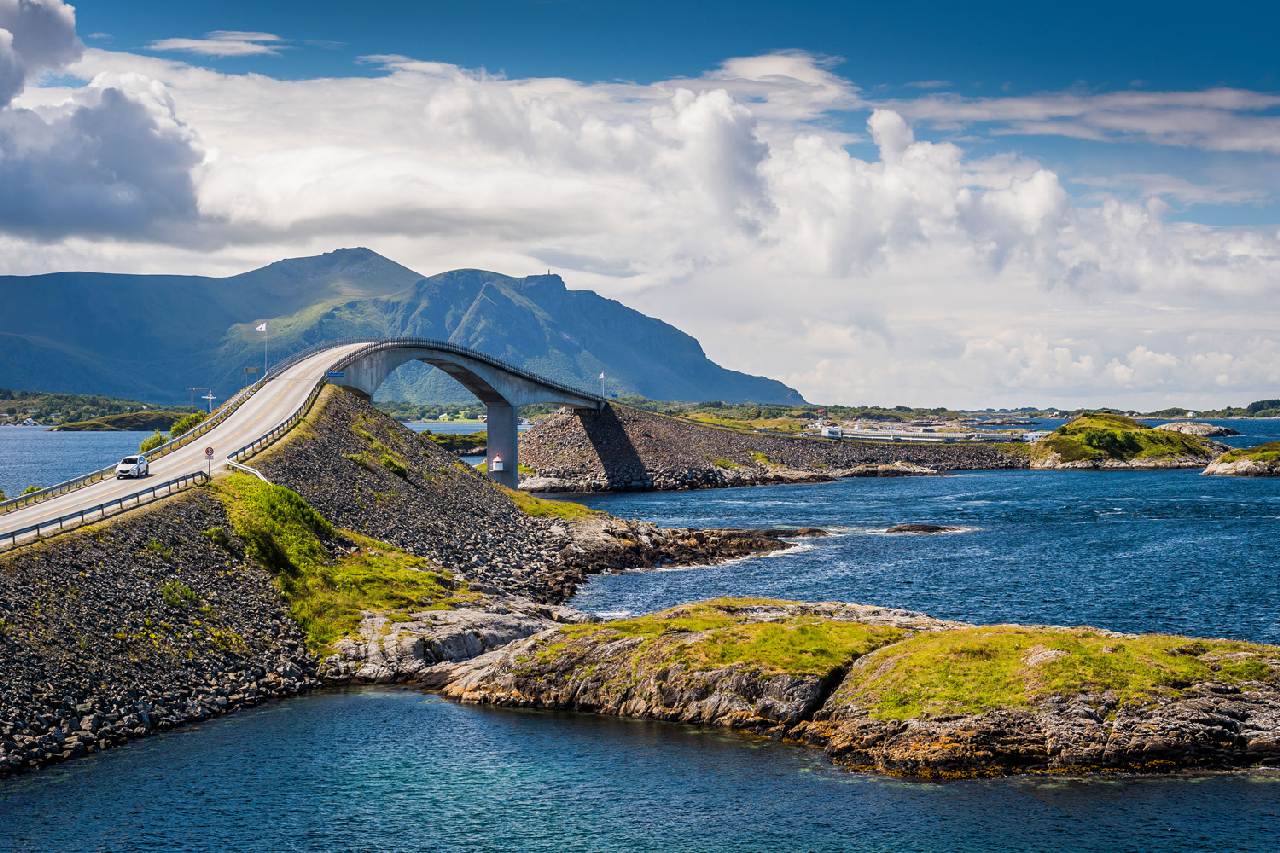Jeju Island is a beautiful place that’s renowned for its natural beauty, serenity, and relaxing atmosphere. It’s also one of the most popular tourist destinations in South Korea, and there are plenty of reasons to visit. From world-class diving to hiking trails and gentle beaches, let these 10 awesome places to visit show you just why Jeju is such a great destination.
Gyeongju 
Gyeongju is the largest city of the province of Jeju, South Korea. The city has a population of over 1.1 million people. Gyeongju is famous for its historical sites including Seokguram Grotto, which is noted for its beautiful pagoda-style architecture, and Yeonpyeong Fortress, which was used during the Korean War as a battlefield between United States and North Korean forces. The city also has many popular tourist attractions such as the Mausoleum of King Jeongjo, Gyeonghwamun Gate, and Samgakji Temple.
How to reach:
There are a number of ways to get to Gyeongju, from the mainland via bus or train, or by ferry from Jeju-do. The city is also easily accessible by car from Seoul and Incheon.From Seoul, take the Gyeongbu Expressway and exit at Gimhae-si. Drive south for about 90 minutes until you reach Jeju-si. From Jeju-si, drive north for about an hour until you reach Gyeongju.
Things to do:
Gyeongju can be explored on foot, taking in some of the city's most notable sights such as the Haeinsa Temple and the Gyeongbokgung Palace. Alternatively, there are a number of interesting museums and historical sites to visit in Gyeongju, including the National Museum of Korea and the Silla Memorial Hall. If you're looking for something more outdoorsy, take a hike up Mt. Geumgang or explore Gwanggyeol Valley Park.
Seogwipo

Seogwipo is a beautiful city on Jeju Island that offers visitors many different things to do and see. The city has numerous beaches, temples, and historical landmarks that make it a great place to visit.
There are several beaches in Seogwipo that are perfect for swimming, sunbathing, and fishing. One of the most popular beaches is Donghae Beach which is located close to the city center. There are also several other smaller beaches located throughout the city which are perfect for a relaxing day by the water.
How to reach:
If you're planning a trip to Jeju Island, one of the best ways to get there is by ferry. Ferries depart from various ports on the island and take around two hours to reach Seogwipo.
Things to do:
Some of the things to do in Seogwipo include visiting the natural beauty of Jeju Island, hiking in the mountains, and taking a leisurely boat ride. Some of the best temples in Seogwipo include Gyeongju Shrine, Gwaneum Temple, and Bulguksa Temple. These shrines offer visitors a chance to learn about local history and religious beliefs. Additionally, many tourists visit Seogwipo specifically to visit Jeju's UNESCO World Heritage Site – Changdeokgung Palace. This palace is one of Korea's most iconic attractions and offers an impressive view of the city from its rooftop terrace.
There are also a number of historic landmarks in Seogwipo that should not be missed when visiting the city. These include Dongdaemun Market, Jangchung-dong Market, Yeouido Park, and Samgakji Stream Bridge. All of these places offer visitors a unique glimpse into ancient Korean culture and history.
Jeju National Park

Jeju National Park is a fantastic place to visit if you're looking for a truly unique experience. It's home to some of the most beautiful natural scenery on the island, and there's plenty of things to do if you want to explore everything it has to offer. If you're planning on spending only a few days in the park, make sure to hit up some of the more popular attractions such as Seongnamdong and Guckje Stream. But if you have more time and are interested in seeing more of Jeju's amazing landscape, consider spending a little more time exploring the park's less visited areas. There's nothing like stumbling upon a beautiful waterfall or incredibly peaceful forest when you least expect it.
How to reach:
The park is located on the southeast coast of Jeju Island, about an hour from Seoul. To get to the park, take any bus or train to Anyang and then walk or take a taxi to Seongsan-ri. From there, it's a short hike (or ride on a bike) to the park entrance.
Things to do:
There are many things to do in Jeju National Park, such as exploring the coastline and hiking trails, admiring nature's beauty from a viewpoint high up in the mountains, or going birdwatching. Visitors can also enjoy various festivals held in the park every year.
There are hiking trails, temples, lakes, and beaches to explore. You can also take a boat tour or rent a bike to explore on your own. There are also many different restaurants and cafes where you can enjoy a meal or drink.
Haeinsa Temple

The ancient Haeinsa Temple is a popular tourist destination on Jeju Island. It is located in the town of Seogwipo and was founded in 634 by the Buddhist monk Jijeung. The temple's main attraction is its huge, 9-story pagoda, which is said to be the world's second oldest wooden structure after the Leshan Giant Buddha in Sichuan province, China. The temple also features an impressive array of Buddhist statues and murals dating back to the 12th century. If you're looking for something more relaxing than a hectic tourist destination, head to the temple's peaceful gardens.
How to reach:
To reach Haeinsa temple, visitors can take a bus or taxi from Seogwipo. The temple is open from 6:00am to 6:00pm from Monday to Friday, and from 8:00am to 4:00pm on Saturday. Admission is free for citizens of South Korea and foreigners with a valid visa.
Things to do:
The temple is home to many beautiful gardens and its grounds are littered with statues of Buddha. You can also take a walk through the main hall, which is lined with intricate Buddhist murals. If you're up for some more activity, there are plenty of things to do in Jeju Island, including hiking, biking, and kayaking.
Cheonjesan Mountain

Cheonjesan Mountain is a popular tourist destination on Jeju Island in South Korea. The mountain rises to an elevation of 1,703 meters above sea level and offers stunning views of the surrounding area. There are several hiking trails that take visitors up the mountain, and some even offer viewpoints that provide unobstructed views of the island's UNESCO-listed World Heritage Site, Jeju Volcanic Island. Visitors can also enjoy a variety of activities such as hiking, fishing, and horseback riding on the mountain.
How to reach:
To reach Cheonjesan Mountain, visitors can take a bus from Jeju City to the mountain's foot. From there, hikers can access the trails up the mountain. The trails are mostly well-maintained and offer stunning views of the surrounding countryside. Be sure to check out the stunning Buddhist temple at the top of the mountain.
Things to do:
There are so many things to do in Cheonjesan Mountain! First, head up to the summit of Cheonjesan (1,020 meters). There you'll find a nice viewpoint and a few trails that take you up to even higher peaks. If you want an easier hike, start at the bottom of the mountain and work your way up. At the summit, there's also a small snack shop where you can buy drinks or snacks. Another great option is to wander around Jangmi Mountain (1,070 meters), which is just a short walk from the summit of Cheonjesan. Jangmi offers amazing views of both mountains and coastline. Finally, if hiking isn't your thing, consider taking a trip to Yeongsanbong Peak (2,032 meters) or Dosanbong Peak (1,972 meters). Both mountains offer stunning vistas of the ocean and surrounding islands. In Seoraksan National Park (2,068 meters), be sure to check out Hwanggol Valley and Geumgang Valley – they're both incredible sites!
Gwanghwamun Gate

Jeju Island is synonymous with stunning natural beauty, and there's no shortage of attractions here to explore. From world-renowned beaches to dramatic mountain temples, Gwanghwamun Gate is a must-see landmark in Jeju City. This imposing gate dates back to the Joseon Dynasty (1392-1910), and features a beautifully decorated screenwall. It's also home to the Jeju National Museum, which showcases a fascinating collection of rare artifacts from the island's history.
How to reach:
1. To reach Gwanghwamun Gate, take the MRT to Jeju Station. From Jeju Station, take bus no. 8004 or 8005 to the right stop and walk 400 meters to Gwanghwamun Gate.
2. For a more scenic route, take bus no. 8011 from Jeju University Exit 3 to Seogwipo Village and then transfer to bus no. 8004 or8005 at the gate and continue your journey to Gwanghwamun Gate.
Gwanghwamun Gate is the main entrance of Jeju Island. It is located in the city center and is open to the public from 07:00 to 17:00. You can also visit it at night when the gates are lit up.
Things to do:
If you're looking for a quick and easy day out on Jeju Island, Gwangwamun Gate is definitely the place to be! This UNESCO World Heritage Site offers plenty of things to do, including hiking, fishing, and sightseeing.
If you're feeling more adventurous, take a hike up Gwanganjangni (Gwangwamun's Cliffs), or try your hand at fishing in the Jeju River. If you're just looking for some fun things to do on a Saturday afternoon, Gwangwamun Gate is definitely the place to go!
Samcheon Valley

The Samcheon Valley is a valley that stretches for about 30 kilometers on the eastern coast of Jeju Island. The valley is known for its dramatic cliffs, clear turquoise waters, and long sandy beaches. There are many natural attractions in the valley, such as the Samcheon Falls and the Bongcheon-ri Cave. The valley is also home to several popular tourist destinations, such as the Seogwipo Lighthouse and the Jeju Folk Village.
How to reach:
By air: Sinchon International Airport is about an hour away from Samcheon Valley.
By train: The Gyeongbu Line connects Sinchon with Jinyang and Daegu. Taking the Gyeongbu Line to Daegu will get you to Samcheon Valley. It would cost around KRW3000 for the round-trip ticket.
Things to do:
Samcheon Valley is a popular tourist destination on Jeju Island. The valley is home to stunning mountains, valleys and waterfalls. Here are some things to do in the valley:
-Take a hike up Mt. Geumgangsan or visit one of the other peaks in the area for amazing views.
-Visit the Samcheon Falls, which are one of Jeju's most famous tourist attractions.
-Explore the charming villages that line the valley floor.
-Play golf at one of the many courses in the area or take a horseback ride through the forest.
Seoraksan National Park

Seoraksan National Park is one of the most popular national parks in South Korea. The park spans over 690 square kilometers and has a diverse landscape including mountains, valleys, forests, and wetlands. The park is home to over 1,000 plant species and over 140 bird species. Visitors can enjoy hiking, biking, rock climbing, fishing, canoeing, and other activities in the park.
How to reach:
The best way to reach Seorksan National Park is by taking the Jungang Line from Jeju City. The ride takes about one and a half hours, but it’s well worth it.
Things to do:
Not only are the stunning mountains and valleys stunning to look at, but there are also plenty of things to do in the park, like hiking and exploring the many lakes and reservoirs.
In addition to enjoying the natural beauty of Seoraksan National Park, there are also numerous historical sites and cultural experiences that can be enjoyed here. For example, if you're interested in learning about traditional Korean culture, be sure to visit Daecheon Village or Samjiyon-sa Temple.
Hwasung Folk Village

Hwasung Folk Village is an agricultural and handicraft village located in Jeju Island. It was founded in 1970 by the Hwasung clan and has been operating ever since. The village has a population of about 200 people who practice traditional agriculture and handicrafts, including weaving, pottery-making,and producing salt-and-pepper pots. Visitors can see demonstrations of these skills as well as purchase products from the village store. The village also has a small museum that displays artifacts from the village's history.
How to reach:
To reach Hwasung Folk Village, travellers can take the bus from Jeju City or the train from Seogwipo. The bus ride takes around two hours and the train ride takes around one hour. Both routes pass through forests and farmland before arriving in Hwasung. From there, visitors can hike up to the village or take a taxi.
Things to do:
If you're in the mood for a natural attraction, Hwasung Folk Village is definitely worth a visit. This traditional village is home to a wide range of interesting cultural artifacts, including ancient buildings and monuments dating back to the Joseon Dynasty. There's also plenty of beautiful gardens to explore, as well as local food stalls if you're feeling peckish. If you've got more time on your hands, consider taking a hike up Mt. Halla (a popular destination for tourists) or checking out the beaches around town. whichever way you choose, make sure to take advantage of the stunningviews that Jeju Island has to offer!
Jeju Folk Village

Jeju Folk Village is one of the most popular tourist destinations on Jeju Island. This lively village is home to over 100 traditional Korean homes and businesses, including a bakery, a pottery studio, a blacksmithy, and more. The village is also home to restaurants, shops, and galleries. There's something for everyone here, from cheap eats to arts and crafts that are sure to impress. If you're looking for an authentic experience while on Jeju Island, be sure to visit the Jeju Folk Village!
How to reach:
To get to Jeju Folk Village, take the Gyeongbu Expressway exit number 78 and turn right at the first major intersection. After driving for about 5 minutes, you will see the Folk Village sign on your left. The Folk Village is open every day from 9:00 am to 6:00 pm. Admission is free.
Things to do:
If you're looking for a great place to visit in Jeju Island, don't miss the Jeju Folk Village. This charming village is home to traditional houses, gardens, and museums. You can explore everything from the old village hall to a tea house that was once used by the king. And if you're up for some outdoor fun, there's plenty to do in the area, including hiking and biking.
Conclusion
Jeju Island is a place filled with natural wonders and culture that everyone should visit at least once in their lifetime. From the dramatic volcanic landscapes of Seogwipo to the tranquil beaches of Mireuksa, there is so much to see and do on Jeju Island. Whether you're looking for an adventure or just want to relax and soak up some sun, these 10 awesome places to visit on Jeju Island are sure to please.





